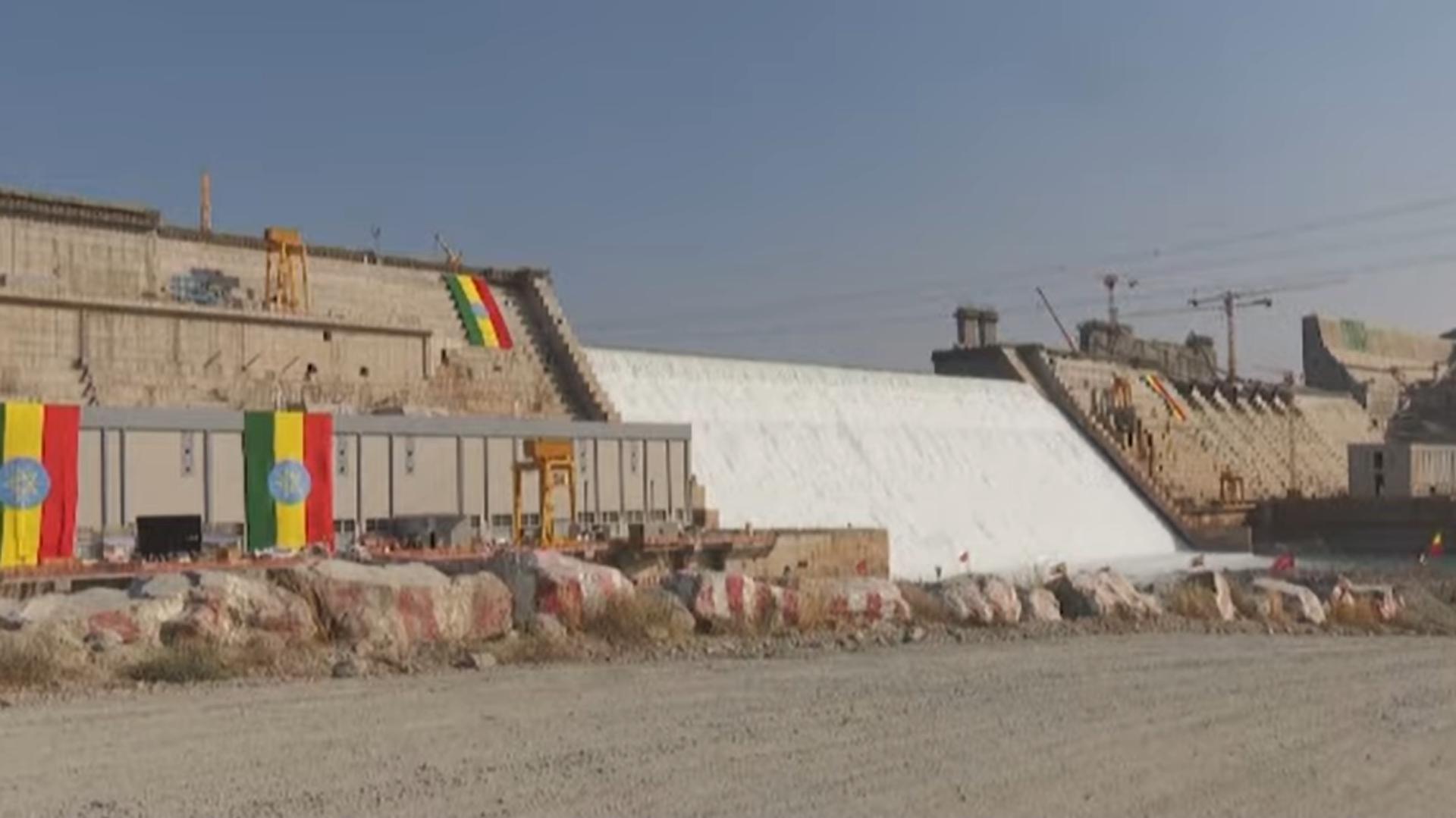WATCH Water Pour Over Spillway on Ethiopia’s GERD Hydroelectric Dam After Finishing Third Filling
22:33 GMT 12.08.2022 (Updated: 11:37 GMT 23.11.2022)
Subscribe
Egypt and Sudan, downstream on the Nile, have worried about the impact the rapid filling of the Grand Ethiopian Renaissance Dam (GERD) will have on water levels for the life-giving river, which cuts through the northern African desert.
The growing lake behind the GERD hydroelectric dam poured over its spillway on Friday, marking the end of its third filling that began a month ago, at the start of Ethiopia’s rainy season.
Video posted on social media caught some of the first waves to lap over the top of the dam.
Third-filling #GERD
— Aelaf Mulugeta (@AelafMulugeta) August 11, 2022
#الشقوق_لا_تلغي_الحقوق pic.twitter.com/SBZSfuSfrx
However, before long, the eddies had become a torrent.
For those who closely follow the filling process itself, it proved how #Ethiopia is cautiously undertaking the tasks taking into account the water flow to downstream countries. #GERD once again affirmed #Ethiopian |'s quest for equitable & reasonable utilization of #Abay River pic.twitter.com/bNogqZBf6i
— Berhanu Tsegaye (@BerhanuTsegaye) August 12, 2022
“Today as you see behind me, the third filling is complete,” Ethiopian Prime Minister Abiy Ahmed said on a platform overlooking the dam construction site. “Compared to last year, we have reached 600 meters (1,968 feet), which is 25 meters (82 feet) higher than the previous filling.”
“The Nile is a gift of God given to us for Ethiopians to make use of it,” he added.
President Sahle-Work Zwede added that the dam “has a meaning that goes beyond generating and supplying power because it is the real depiction of the victorious Ethiopia.”
The news came just a day after the second of GERD’s massive hydroelectric turbines came online. The power plant is currently generating 540 megawatts of power, according to the state-owned Fana Broadcasting Corporate. When at full power, each will generate 375 megawatts of power. When complete, the dam will have 16 such turbines, together generating 6,000 megawatts of power. It will be the largest hydroelectric dam in Africa - even bigger than Egypt’s massive Aswan High Dam - and among the 20 largest such dams in the world.
At its present height, the dam is 145 meters tall and 1.8 kilometers long, and the lake it holds back is 1,680 square kilometers and contains 74 billion cubic meters of water. However, it’s far from full, and requires two more fillings.
Construction of the dam has been a subject of major contention between Ethiopia and Sudan and Egypt, both of which lie further downstream on the Nile and would be affected by the blocking of water flow and alluvium by completion of the dam, as well as by its rapid filling. Talks on the dam stopped in 2021 after Addis Ababa decided to go ahead with the dam’s second filling.


